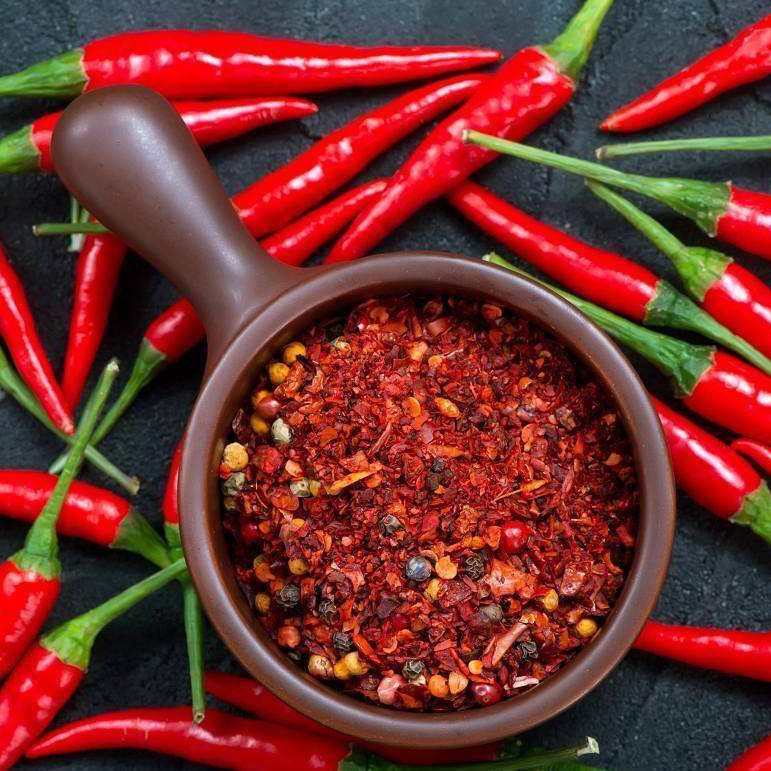寻找适合你的 英语 教师…

From Japan to Hawaii: The History of Aloha Shirts
描述
It's no secret that Hawaii is a favorite destination for Japanese tourists. In 2023, the islands welcomed around 573,000 visitors from Japan — the most from any country.
But did you know there's a connection between Japan and Hawaii that goes beyond travel and into clothing?
Aloha shirts, also known as Hawaiian shirts, have roots in Japanese culture, beginning with Japanese immigrants in Hawaii.
In the late 1800s, Japanese immigrants in Hawaii started importing Japanese clothing as well as rolls of fabric to make clothes with.
In the 1920s, locals in Hawaii saw these fabrics and started using them to make casual dress shirts with Japanese patterns on them. These shirts became popular with tourists to Hawaii.
Soon after, aloha shirts were made in bulk, but instead of using fabric made for Japanese clothing, stores in Hawaii started bringing in printed fabrics made just for aloha shirts.
And by the late 1930s, the designs had changed from Japanese patterns to the Hawaiian inspired patterns we're used to today — images of Mount Fuji and Japanese pine trees were replaced with things like coconut trees, surfers and fish.
But even though today's aloha shirts don't look very Japanese inspired, they still remain popular within Japan.
Yosuke Seki, an aloha shirt aficionado who goes to Hawaii every year, told CNN he wears his shirts daily, and hopes to inspire others to try them.
"Right now, I'm wearing a replica of one of the expensive designs," Seki said, adding that his shirt cost between $130 and $200. The more expensive shirts can cost thousands of dollars, he explained.
And for some fans, aloha shirts are not just clothing — they're collectable items, or even considered art.
Yoshihiro Nakano is the brand director of Sun Surf, a Japanese company that has been making aloha shirts for about 50 years. Many customers don't even wear the aloha shirts they buy, and instead just collect them or frame them, Nakano told CNN.
播客频道
Practice Listening, Reading & Comprehension
播客创作者
所有播客集

24 consonants and 8 vowels

Ep. 6 - 10 Frases MUY Colombianas! | 10 Colombian Expressions

⭐️ Practice Orally!⭐️ 20 Japanese verbs, 【た form】conjugation practice!

Выражать свои эмоции вслух или держать всё в себе?

Rents Have Been Getting Higher and Higher: Piece of News in English

Ep 23 Learn Thai _ how to pronounce ม้า(horse) VS หมา(dog) #learnthai

Los acentos del idioma español

吃辣的时候要注意什么? What should we pay attention to when eating spicy food? (Advanced level)
热门播客集

Uyghurche Learning FM/ئۇيغۇرچە تىل ئۆگىنىش
24 consonants and 8 vowels

Valen en Español
Ep. 6 - 10 Frases MUY Colombianas! | 10 Colombian Expressions

Let's study Japanese with AKEMI.
⭐️ Practice Orally!⭐️ 20 Japanese verbs, 【た form】conjugation practice!

Ты со мной?
Выражать свои эмоции вслух или держать всё в себе?

All About English and How You Learn It!
Rents Have Been Getting Higher and Higher: Piece of News in English

Thai for Everyone with Kru Robert
Ep 23 Learn Thai _ how to pronounce ม้า(horse) VS หมา(dog) #learnthai

Español con todo
Los acentos del idioma español

Yuli's Chinese Channel
吃辣的时候要注意什么? What should we pay attention to when eating spicy food? (Advanced level)